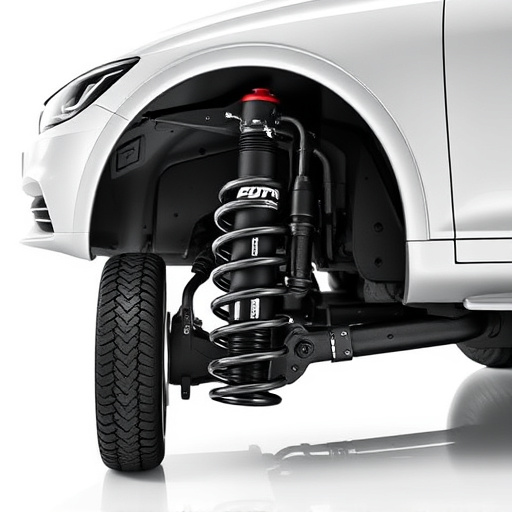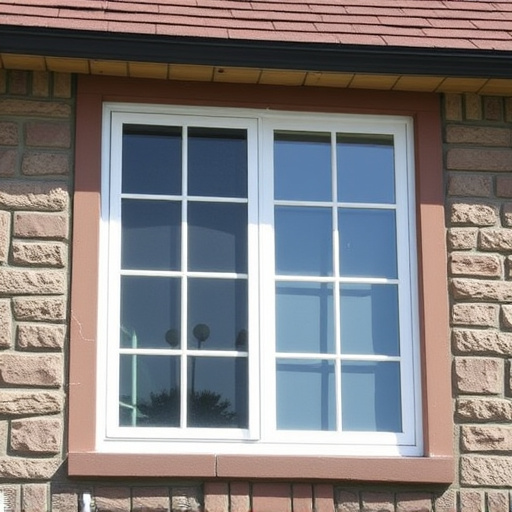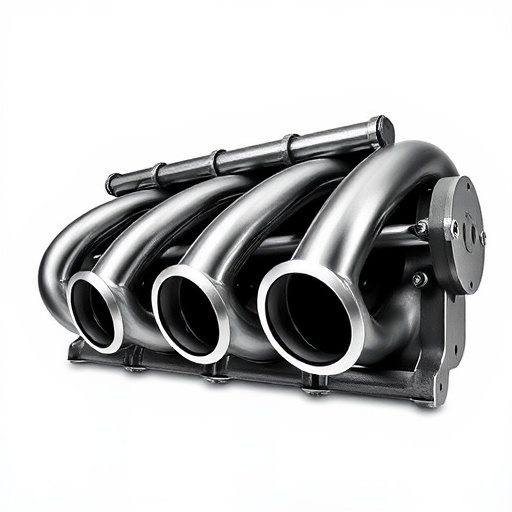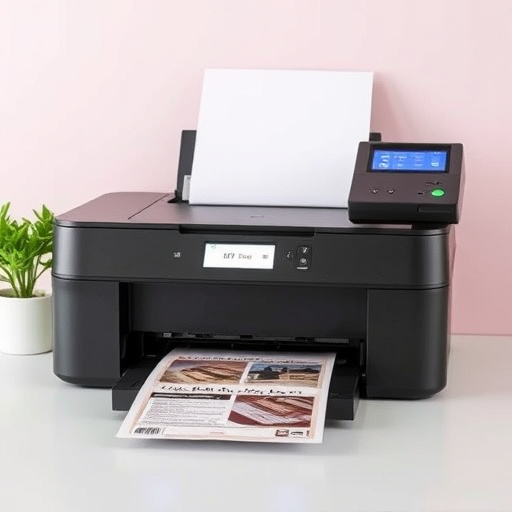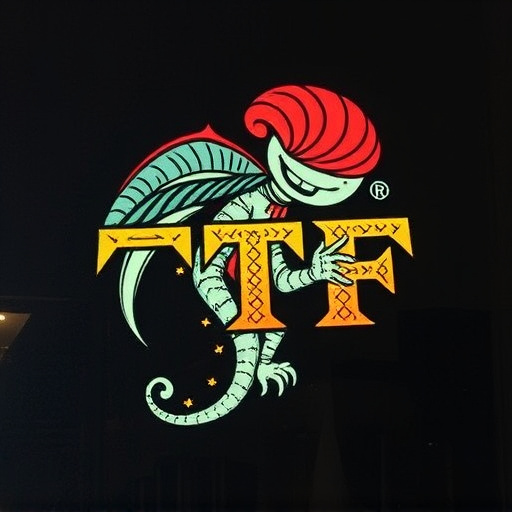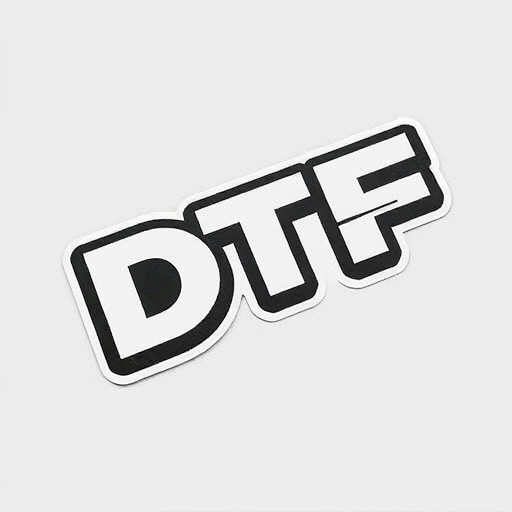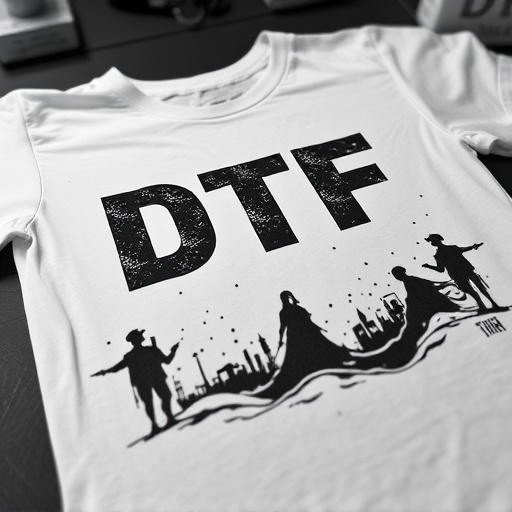DTF Custom Transfers transform textile design with advanced printing technology, creating detailed images on transfer sheets that are permanently pressed onto garments via heat press. This guide emphasizes the importance of workspace preparation, precise setup, and consistent pressure/temperature control for achieving flawless results. Mastering heat application involves preheating machines, securing transfers, and adjusting settings based on fabric type and thickness, ensuring high-quality prints for custom t-shirts or hoodies.
“Unleash your creativity with DTF (Direct-To-Fabric) Custom Transfers using a heat press—a game-changer for personalized merchandise. This comprehensive guide dives into the art of creating unique designs and successfully applying them to various fabrics. From understanding the fundamentals of DTF transfers to mastering the heat application process, we’ll equip you with the knowledge for optimal results. Elevate your DIY projects or business by harnessing the power of this innovative technology.”
- Understanding DTF Custom Transfers: A Comprehensive Guide
- Heat Press Setup and Preparation for Optimal Results
- Mastering the Heat Application Process: Techniques and Tips
Understanding DTF Custom Transfers: A Comprehensive Guide

DTF Custom Transfers represent a cutting-edge approach to enhancing textiles and apparel with intricate designs. The process involves using DTF printing technology to create high-resolution, detailed images on transfer sheets. These sheets are then precisely aligned and pressed onto garments using a heat press, ensuring the design is permanently infused into the fabric. This method offers a versatile and efficient way for designers, businesses, and enthusiasts to transform plain clothes into stunning works of art.
Understanding the intricacies of DTF transfer sheets is key to achieving exceptional results. The custom sheets are designed to withstand the heat press process while maintaining color vibrancy and detail. By choosing the right materials and printing techniques, you can produce transfers that leave a lasting impression on various fabrics, from cotton t-shirts to hoodies. This comprehensive guide aims to demystify the process, empowering users to explore their creativity and create custom designs with confidence using heat press technology.
Heat Press Setup and Preparation for Optimal Results

Setting up your heat press correctly is half the battle when it comes to achieving optimal results with DTF Custom Transfers. Start by ensuring your work area is clean and organized, with easy access to all necessary tools and materials. Place your heat press on a sturdy table or stand, making sure it’s level and secure. Prepare your transfer paper according to the manufacturer’s instructions, ensuring the surface is clean and free of any debris or dust. Position the DTF film carefully over the design area, aligning it precisely with the underlying material—in this case, a t-shirt.
The key to success lies in maintaining consistent pressure and temperature during the pressing process. Use the recommended settings for your heat press machine, considering factors like the type of fabric and the complexity of the design. Preheat the press to the required temperature and allow it to stabilize before applying pressure. Maintain a firm but even pressure on the transfer paper, following the manufacturer’s guidelines for the optimal pressing time. This meticulous preparation and attention to detail will ensure that your DTF Custom Transfers turn out crisp, vibrant, and long-lasting, making them perfect for creating custom t-shirts or any other DTF for t-shirts applications.
Mastering the Heat Application Process: Techniques and Tips

Mastering the heat application process is key when working with DTF Custom Transfers. The goal is to ensure even pressure and optimal temperature for a lasting print. Start by preheating the heat press machine to the recommended setting, typically between 300-400°F (149-204°C). Place your designed transfer film, side down, onto the t-shirt or other material, ensuring it aligns perfectly with the design. Then, apply even pressure using the heat press platens and maintain this for the suggested time, usually 30-60 seconds.
A few techniques can enhance your results: practice on scrap materials to get a feel for the heat application; use a timer to ensure precise exposure; and consider the material’s type and thickness, adjusting pressure and heat accordingly. For bulk DTF shirt production or personalizing direct-to-film personalized hoodies, this process becomes even more critical for maintaining consistency and quality. Remember, practice makes perfect, so keep refining your technique for flawless DTF printing on various fabrics.
DTF (Direct-to-Fabric) Custom Transfers offer a versatile and efficient way to create unique designs on various materials. By mastering the heat press process, from setup to application, you can achieve exceptional results with these transfers. This guide has provided an in-depth look at each step, ensuring you’re equipped with the knowledge to produce high-quality custom prints. So, whether you’re a seasoned professional or just starting out, remember that practice and attention to detail are key when using heat presses for DTF Custom Transfers.



